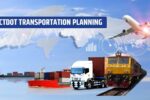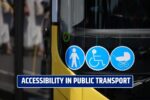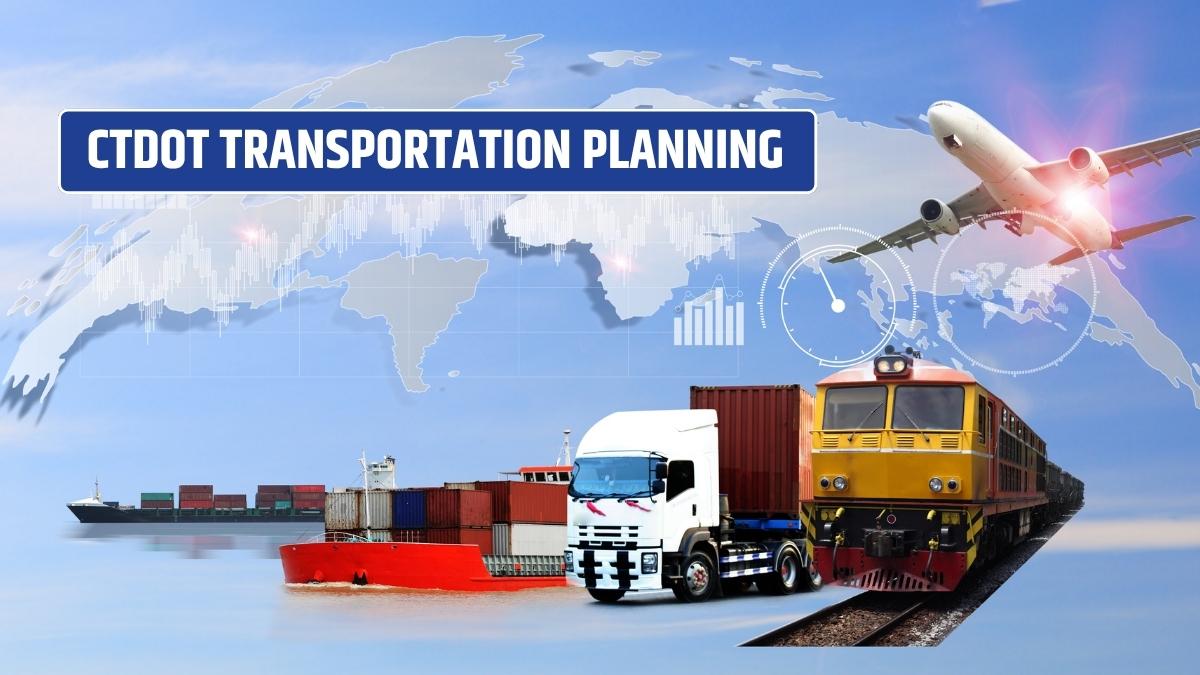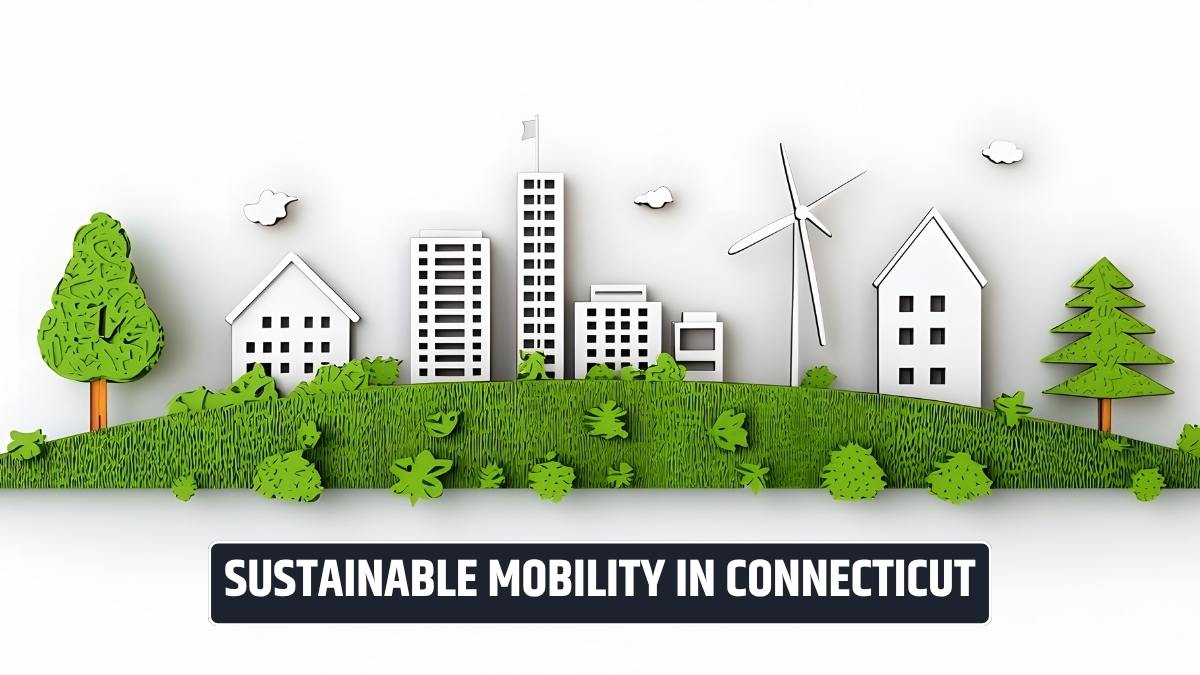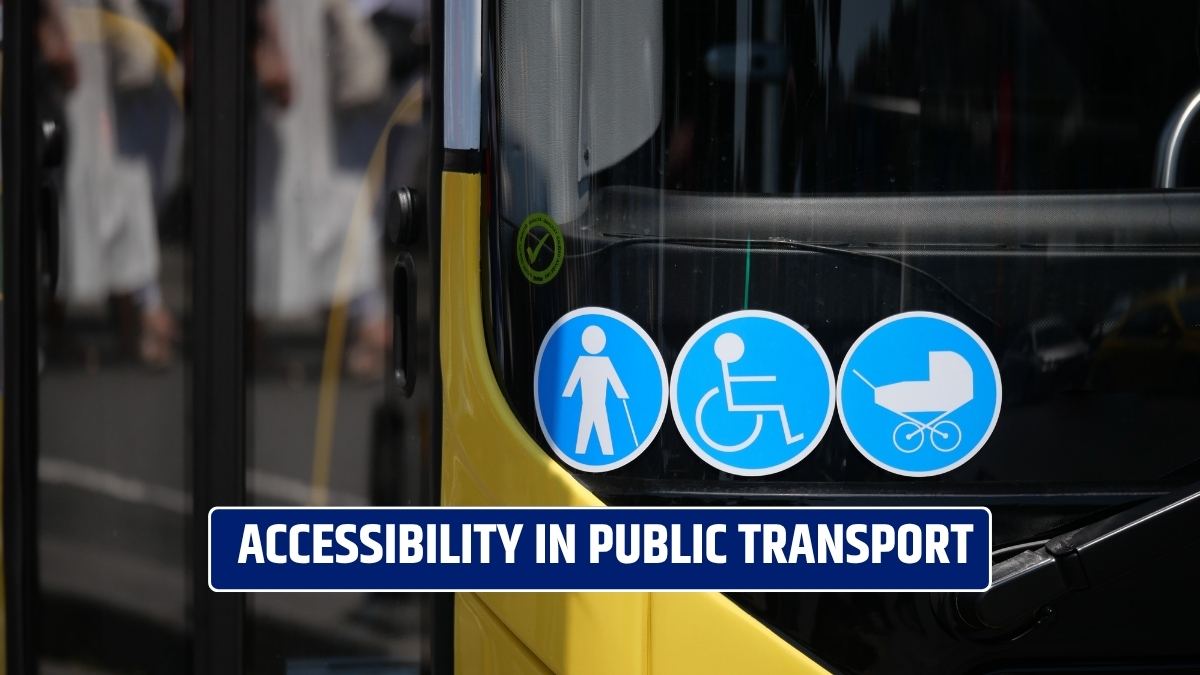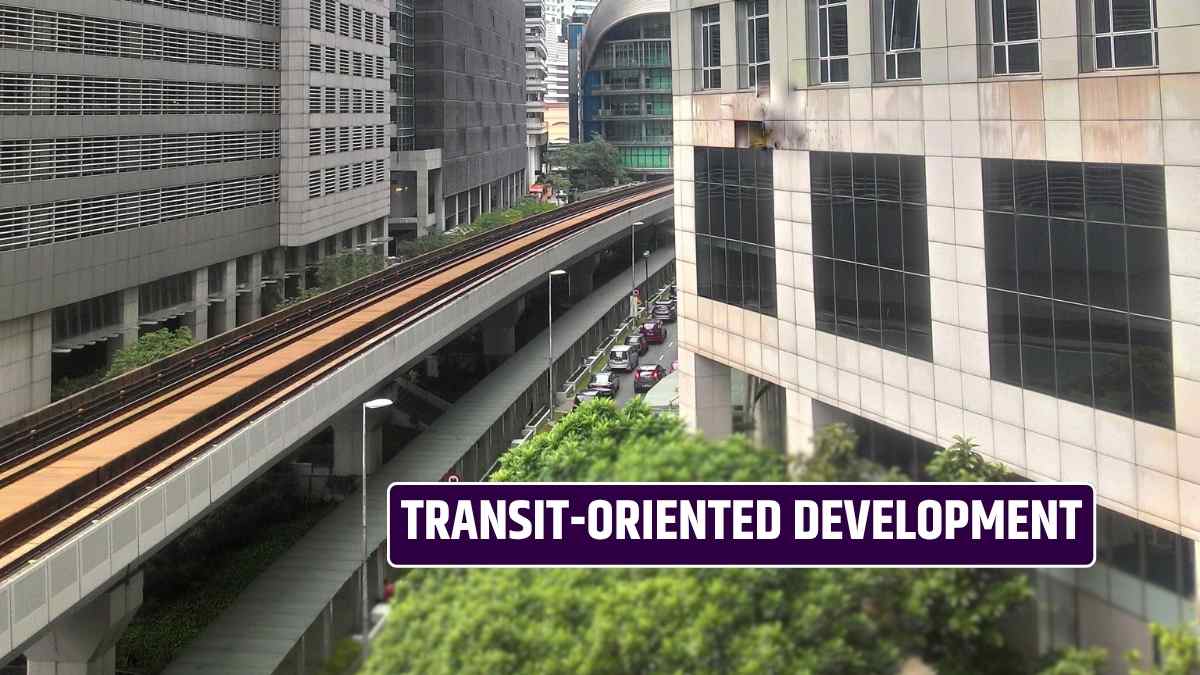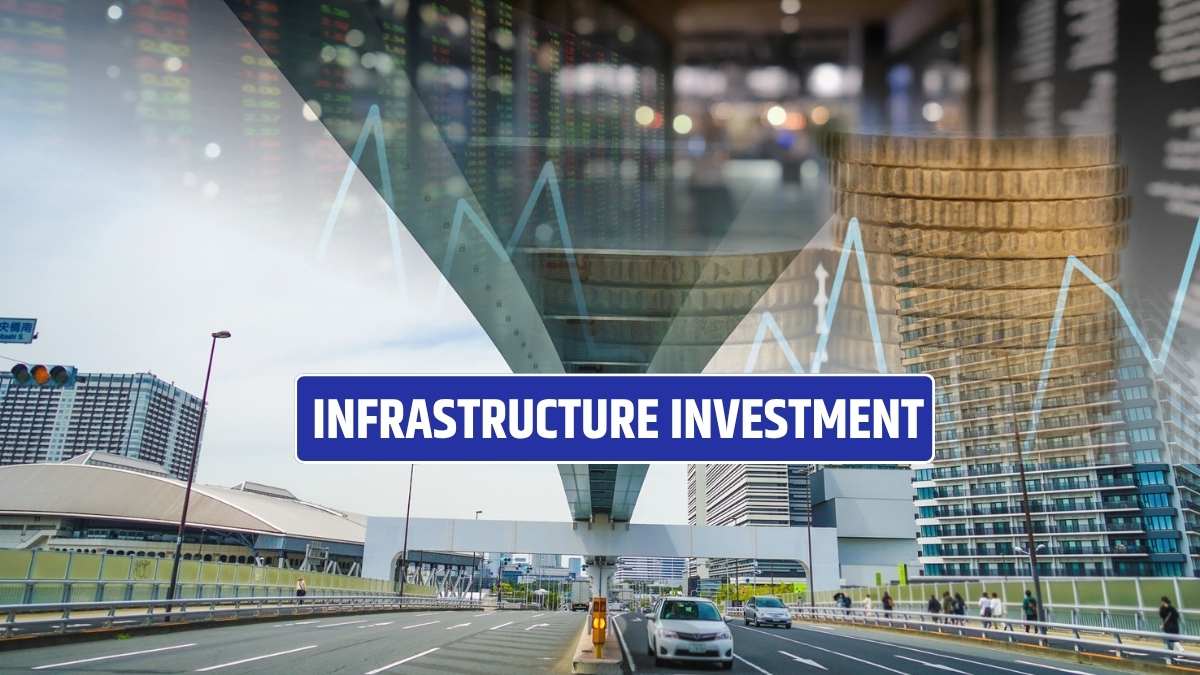Connecticut is working for a better public transit system than ever through various projects and by integrating bus and rail services. The integration between CTrail and buses will make things easy for commuters. Let’s see how the state is working to coordinate bus and rail integration.
Bus and Rail Integration
When talking about a better public transit system, the coordination of bus and rail is highly important to make things convenient for the passengers. As the bus and rail services must be connected to offer a seamless travel experience to the passengers, otherwise it can be difficult.
The State of Connecticut is going through a massive change in its public transit system with the various transportation projects. The transit advocates seek the integration of the bus and rail services, and the government has also considered the recommendation and begun working on it.
The CT Department of Transportation has started programs or projects to improve the bus and rail services and integrated them for the welfare of the commuters. The current bus capital project is deploying electric buses to specific areas to improve the transit services.
What are the Connecticut projects and programs for the bus and rail services?
The Connecticut DOT has taken steps to integrate the bus and rail service into the current public transit system and modernize it. Here are some projects that states have started for buses and rail services:
- Integrated Transit Mobility Project:
- The CT-ITMP program was initiated to offer a contactless payment system on board transit vehicles. The program connects the rail and bus services through a single statewide transit system.
- The initiative provides a Unified Mobility application, and fare capping for all transit options is in one place with one payment method.
- The initiative will reduce the waiting time, coordinate well with your schedules to offer you the best services, and avoid missing your train or bus.
- The pilot phase is being tested in Stamford, Hartford, and New Haven to align the bus and rain schedules.
- NHHS Program:
- The NHHS program includes the improvement of various train stations connecting the Hartford Lines.
- The program has included the coordination of train schedules with buses to offer seamless traveling for the commuters.
- The Bus Rapid Transit System on the New Haven Line was started to support the development of the state’s first BRT system and enhance mobility across the region.
- Electric Bus Deployment:
- The state initiates the program where they will deploy the electric buses to various locations. The state plans to electrify at least 30% of the state bus transit system.
- The CTfastrak bus transit system will receive $38.9 million under the federal grant for the purchase of electric buses and reduce GHG emissions due to transportation.
- Capital Program:
- The CT five-year capital program also includes steps for bus and rail services, as it announced an investment of $2.71 billion.
- The Capital program also includes $210 million for transportation renovation across the state, including CTDOT maintenance and the bus transit garage in Preston.
How does bus and rail integration help the commuters?
The bus and rail integration offers many benefits to commuters, as well as the service providers, let’s see how:
- Fare flexibility: With Unified Fare platforms, commuters can access the discounted fares or check the fare capping and save money.
- Time saving: With coordinated schedules for trains and buses, commuters can save time as they do not have to wait longer to catch their bus or train, and easily travel.
- Environmental Protection: Along with rail and train integration, the state is also deploying electric buses and developing infrastructure to support the electric bus transit system, looking forward to the future.
- Seamless travel: Commuters can easily transfer from one mode to another without confusion about the schedules, as they can access all in one place.
- Accessibility: Along with the transportation development, the state has taken steps to make the transit system equal and accessible to all communities, disabled people, and low-income families.
What are the challenges for the Connecticut Bus and rail integration?
Connecticut is striving to bring the best for the commuters with its transportation projects; however, there are still challenges for the bus and rail integration:
- Funding: Funding is the major issue for the state, though federal grants are available; however, considering the CT transportation landscape, long-term funding plans are needed.
- Old Infrastructure: The aging infrastructure is one of the major concerns, as before we move forward with the modernized infrastructure, the old infrastructure needs to be fixed. The state is renovating or fixing the old river bridges and other infrastructure.
- Fare increase: With expected spending and current plans, we need funding, so the state has increased the fare, which could create problems for the people.
- Residents near rail or bus: The advocates demand to improve the residential density around rail or bus services to improve the services and promote the public transit system.
The rail and bus integration has begun in the state, and the DOT and other agencies have started to improve the services and enhance the connectivity all over the state.

